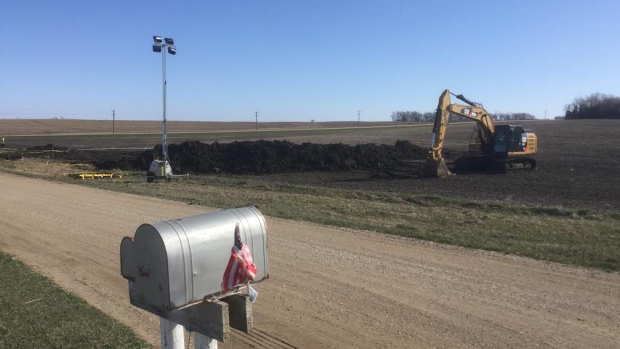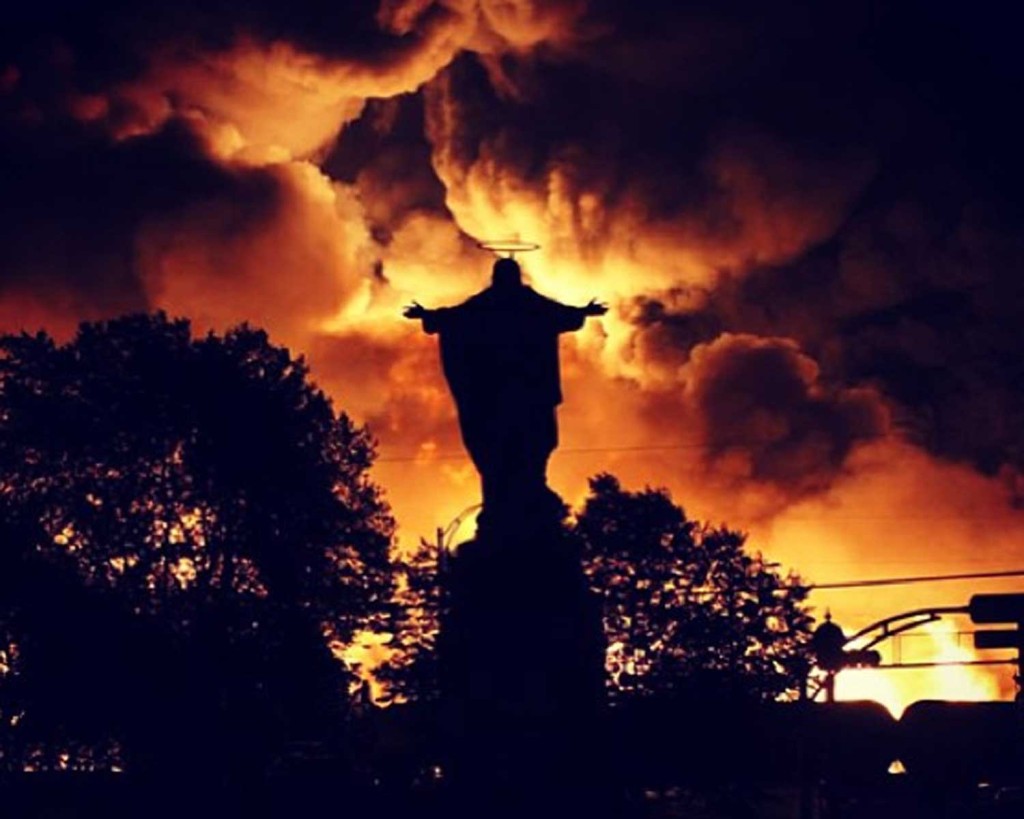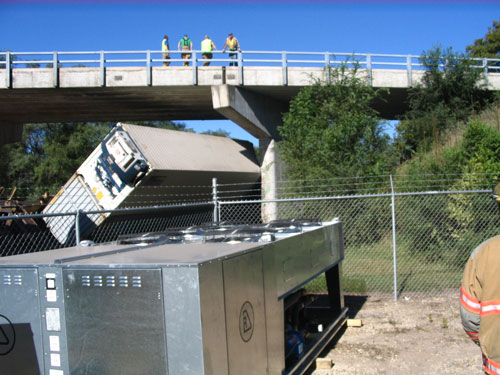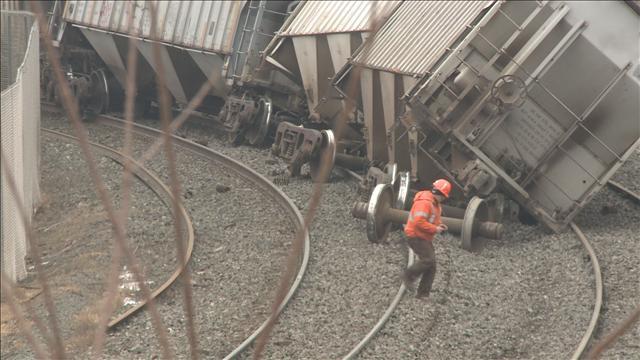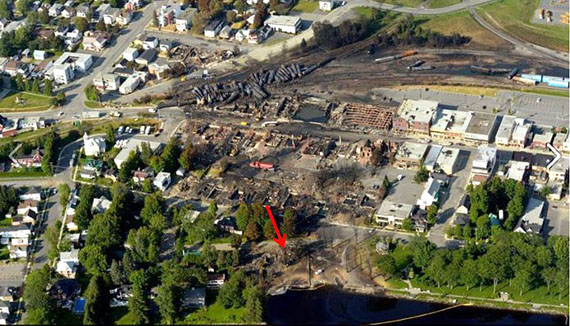Major pipeline rupture in SD
April 5th, 2016
There’s a big pipeline eruption underground, to the point that it’s bubbling up out of the ground, discovered by a passerby/landowner, near, but not at, a pumping station.
Why do I say big? Well, for a pipeline to spring a leak, and for it to reach the surface, it must be a lot of oil. And it will be a major effort to find the problem, fix it, and clean up the damage. I won’t use the words “spill” or “leak” to describe it, because those sound so pesky and innocent, and will stick to “eruption” or “disgorge” or some such, to convey the impact and damage expected from something like this.
Try finding news articles about this! Try, I dare ya! There’s not more than a handful.
Keystone pipeline shut down after crude leak in South Dakota
Keystone pipeline springs leak in South Dakota
TransCanada shuts down Keystone pipeline after oil spill in South Dakota
TransCanada shuts down Keystone pipeline after oil seeps to surface
This isn’t going to just go away. Cindy Myers has been posting some great photos, maybe those “supplied” to the CBC are hers? I’ve asked for permission to post… waiting for response.
Bakken BOOM and rail safety
April 17th, 2014
There are more and more aspects of rail safety coming into question as people learn about life with the many Bakken oil trains rolling through our communities.
What about the greatly increased air emissions due to the increased rail traffic? Locomotive emissions are regulated:
The short version, from the EPA:
General Information
- Fact Sheet: Control of Emissions from Idling Locomotives (PDF) (4 pp, 143K, EPA-420-F-13-050, December 2013)
- Fact Sheet: Federal Preemption of State and Local Standards for Locomotives (PDF) (3 pp, 11K, EPA420-F-97-050, December 1997)
- Summary of emission standards
That regulates individual locomotives, but how are the cumulative impacts of so many trains addressed, particularly in the Mississippi River Valley, the “land of inversions?”
There’s continued talk about the new DOT111 rail cars, but how will that address the problem of volatility, that the Bakken crude contains a much higher level of gas than other crude, and that although regulators have said that the Bakken crude should be degasified before it is shipped, whether by rail or pipeline, this is not yet incorporated into standard practice. And it bears repeating — this is an issue for Bakken crude in pipelines! Pipelines are not a miracle cure for the Bakken crude volatility problem!
It can happen here. It has happened here. It will happen here. What do we do to protect ourselves?
This is a train incident in September, 2013 just across the river in Hager City, WI:
And in Red Wing:
A Wisconsin town’s fire chief was part of a discussion with U.S. Rep. Ron Kind recently regarding rail safety. The station is one block from the river and the railroad tracks. Congressman Kind asked the fire chief what the impact of a Bakken oil wreck would be on his community, if the fire unit could respond, and the fire chief said, “I doubt it, we’d be vaporized.”
If a Lac Megantic level explosion occurred in Red Wing, presuming that buildings two blocks from the explosion would be leveled, and maybe three blocks, it would reach to Main Street, and perhaps the block beyond:
This is how it is in all the communities along the Mississippi River, a disaster waiting to happen for us, for the River.
There’s a reason it’s called the “Bakken Boom.” BOOM!
And in the La Crosse Tribune:
Meeting set on rail expansion
plan
5 hours ago • BETSY BLOOM bbloom@lacrossetribune.com
